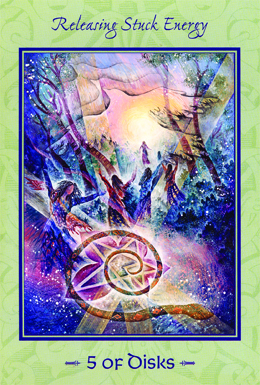 Have you ever found your mind caught in a negative thought loop? If you have observed this you may be wondering why it seems so easy to “go negative, or stay negative”. We as human beings tend to have our attention drawn to the negative. Dr. Baumeister and colleagues, in his work, “Bad is Stronger than Good”, noted there is strong support for the notion that negative information generally has a stronger pull on attention than does positive information. It turns out that the wiring of our brain is the culprit for this fact. Other research indicates that negative things stick out and make a lasting impression much easier than positive things. Generally speaking, when people are presented with a range of trait information about a target individual, the traits are neither “averaged” nor “summed” to reach a final impression. Rather, negative things move to the front of the line, and are remembered the most. When traits differ in terms of their positivity and negativity, negative traits disproportionately impact the final impression.
Have you ever found your mind caught in a negative thought loop? If you have observed this you may be wondering why it seems so easy to “go negative, or stay negative”. We as human beings tend to have our attention drawn to the negative. Dr. Baumeister and colleagues, in his work, “Bad is Stronger than Good”, noted there is strong support for the notion that negative information generally has a stronger pull on attention than does positive information. It turns out that the wiring of our brain is the culprit for this fact. Other research indicates that negative things stick out and make a lasting impression much easier than positive things. Generally speaking, when people are presented with a range of trait information about a target individual, the traits are neither “averaged” nor “summed” to reach a final impression. Rather, negative things move to the front of the line, and are remembered the most. When traits differ in terms of their positivity and negativity, negative traits disproportionately impact the final impression.
If you form a negative belief about another person and store it in your memory, it may take 7 to 10 positive things to soften your view of that person. Many people, however, do not want to change their view of another person. It takes quite a bit of mindful awareness to choose to let go of a negative belief. Negative beliefs are wired into the amygdala of the brain, that spot where fear gathers. Once we decide that something is fearful, we are in no hurry to reassess. In the field of neuroscience they discovered that startling experiences go immediately into the long-term memory circuits, and positive things do not. It may take up to 30 seconds of focused attention for an experience to go into long-term memory. It is no surprise, with life’s many daily challenges, that many people have gotten stuck on the negativity loop. The good news is that there are many tools available to counteract the negativity bias of the brain.

